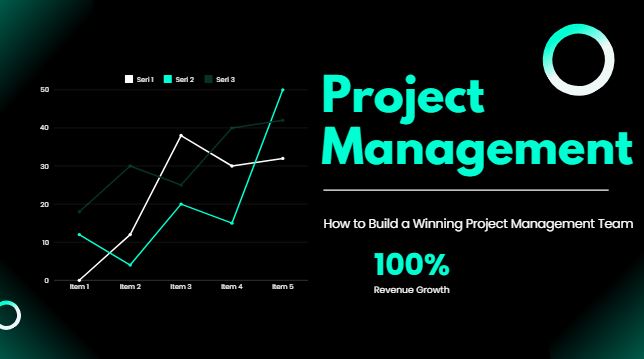Blockchain can be defined as a collection of records that are linked with each other, are highly resistant to alterations, and are protected using cryptography.
It is based on the principle of complete transparency while ensuring complete security.
Before diving deeper into its application, let’s take a look at what it is and how it works.
It records the transaction between all the parties involved known as the ledger. A copy of this ledger is shared with all the parties involved. Hence it is called a Public Distribution Ledger.
This makes it a decentralized database to which all the parties have viewing access. This increases transparency, speed, and efficiency in sharing information and processing data.
To understand it better let’s take an example of a farmer Mohan who produces mangoes in Madhya Pradesh. He supplies the mangoes to Raj, who is the owner of a pulping company located in Delhi. Raj exports the mango pulp to David Craft, of Craft Foods engaged in producing juices and other health drinks, located in Germany.
Using this technology, all the transaction between Mohan, Raj, and Craft Foods is recorded and stored as a ledger to be viewed by all. Mohan updates Raj about the harvest and tentative delivery date. Once the insurance and transport details are shared with Mohan, he raises an invoice. Raj then instructs his bank to pay Mohan the due amount.
Raj updates the system with the production processes and even estimated delivery dates. He then shares the inspection certificate, shipping requirements and bill of lading along with the invoice.
Once the invoice is approved, Craft Foods releases payment to Raj.
This entire network is transparent and highly secure because the blocks are encrypted with a complex algorithm.
Each party has 2 keys – a public key and a private key. Only the owner has knowledge of the private key. In the above transactions, all the communication and terms of conditions between parties are called smart contracts.
Mohan updates Raj about the invoice and authorizes it using his private key which can be a digital signature. Raj decrypts the contract using his private key to authenticate the payment.
Blockchain technology finds its application in many industries, including supply chain & logistics due to the following reasons –
- In traditional centralized databases, the information is concentrated in one source, and access is restricted.
- The data may not be well structured resulting in garbage in, garbage out situation.
- Due to the lack of transparency, the data cannot be trusted.
- Middlemen cause hindrances in the process and interoperability.
The advantages of blockchain in logistics & supply chain management are;
- Data transparency – Public distribution ledger gives access to all the transactions to all the parties involved. This ensures maximum transparency in the communication of information. The mechanism ensures that the stored records are accurate, tamper-evident, and from a verifiable source.
Thus, every party need not maintain a record copy, they can get instead get controlled access to a shared dataset. This gives all the confidence that the data is recent, accurate, and reliable.
- Smart contracts – Normally contracts that are laced with legal aspects have to be executed manually. However, in this case, automated computer programs that are capable of self-execution called smart contracts are used. Smart contracts are autonomous and can enforce stakeholder-agreed rules and process steps. Once the prerequisites to execute that contract is met, the contract is deployed using 2 types of systems – Public permissionless blockchain and private permissioned blockchain.
- Security – This technology is proving to be highly secure due to the complex algorithms that make them impossible to hack. The ledger is shared for joint viewing providing it with a trail of work, making tampering with data difficult.
- Cost reduction – Due to its application in fund transfers and the insurance sector, cross-border transfer of funds becomes easy without any intermediaries. Due to the smart contracts, the payment is released only upon meeting the prerequisites. This saves the time of monitoring the movement and the cost of intermediate fees.
- Traceability – Since the systems are interlinked in form of IoT all the records of the temperature, humidity, farm or factory details, batch number, processing date, expiry date, and shipping & invoice details.
Technologies like these have found their usability in fast-paced sectors like supply chains and logistics to make them more efficient. The logistics industry is undergoing rapid digital transformation; hence, surviving in such an industry requires skills and updated knowledge.
For staying relevant and updating knowledge pursuing a distance Post-Graduate Diploma (PGDM) in Logistics & Supply Chain Management seems perfect for holistic development.
MIT School of Distance Education (MITSDE) is a distance learning institute that offers a PGDM (Executive) in Global Logistics & Supply Chain Management. The course provides you with deeper, practical insights and trains you with the latest industry trends.



